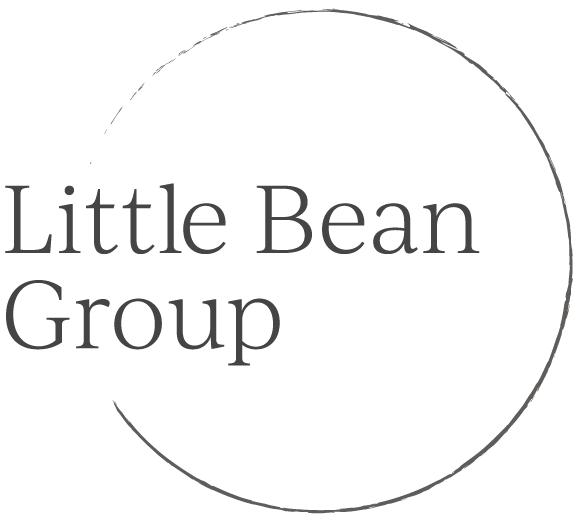In my recent rundown of common fundraising mistakes, the first was overlooking the importance of a prompt and meaningful thank you. Maybe you took this advice to heart and have put the processes in place to deliver on “prompt,” but “meaningful” has been a little more challenging.
This is understandable—it’s not immediately clear what will hold meaning for donors, and there are also time and resource constraints. However, if you’ve already invested in processes to thank donors promptly and have other staff members on board, you can now integrate strategies to make your communications more dynamic and meaningful. While it takes time, it’s a valuable investment in donor retention. Here are a few strategies to start with:
Tailored Letter Content
First, ensure that thank you letters are tailored to your donor. This doesn’t mean every letter is unique—it means a few small changes in your letter templates that can make a big difference.
- Welcome new donors: When someone gives to your organization for the first time, it should be acknowledged and celebrated. This can be as simple as changing the letter’s first sentence to recognize that and provide a warm welcome. Close the letter by restating your gratitude for their decision to support your work.
- Properly acknowledge in honor/in memory of gifts: Don’t leave this important reason for the gift out of the letter. Have a template for in memory letters that expresses your condolences for the donor’s loss. Also, if you anticipate many gifts in honor of or in memory of someone, it may be worthwhile to make a letter specifically for that particular person or event, acknowledging your gratitude for their connection to your work. These gifts have the potential to introduce new donors to your organization—don’t waste the opportunity.
- Switch out core content regularly: We often demonstrate a gift’s impact by sharing a story in the thank you note. Create a schedule for updating these stories so that supporters receive fresh content.
Thank You Calls
Phone calls can be intimidating even for the most experienced fundraiser, but setting time aside for calling donors is one of the best ways to meaningfully thank them. When you’re getting started, set a manageable objective to establish a regular habit. Will you make five calls every Friday? Will you call all new donors at a set time each week? Only you can know what is realistic and achievable—decide, and then dedicate time on your calendar. These calls should be solely for thanking without a further ask. You’ll likely get voicemail for most calls (prepare a short script to make this even easier), but if your donor answers, and they’re receptive, try to get to know them better and find out what inspired them to give. Some of these questions may be helpful.
Handwritten Notes and Personal Emails
Adding handwritten notes and personal emails can take your thanking processes to the next level. Just like the phone calls, make a manageable and regular objective. This is critical especially when involving other staff or volunteers, such as your CEO or board members. You may receive some skepticism or pushback on the value of this activity. However, setting an achievable goal, and then reaping benefits in the form of increased connection, can be a powerful motivator.
- Handwritten notes: There are times when the handwritten note is a must, such as after a donor visit. When you’re thinking about taking this practice to a broader group of donors, be creative. One idea is to send donors a note on the anniversary of their first gift. The parameters will vary depending on your donor base and the longevity of your organization, so pull reports from your CRM to find your most loyal donors and be inspired by what you see. For anniversaries, you can batch the work monthly, making it more efficient. Express your gratitude for their loyalty, and their special value to you as a partner in your work.
- Personal emails: Especially when working with your CEO, personal emails may be more realistic and can be just as effective. Work together to establish guidelines for these emails and how your CEO would like to be notified. Is it any time a board member makes a gift? Is it for donations over a certain amount? You can create short templates for your CEO for a seamless and efficient process. In my experience, these personal communications from leadership are likely to lead to worthwhile outcomes, such as donor visits, and they quickly demonstrate their value.
Are there other strategies that have worked in your organization? Please reach out and share. I’m always inspired by the creativity and care that goes into thanking donors.
